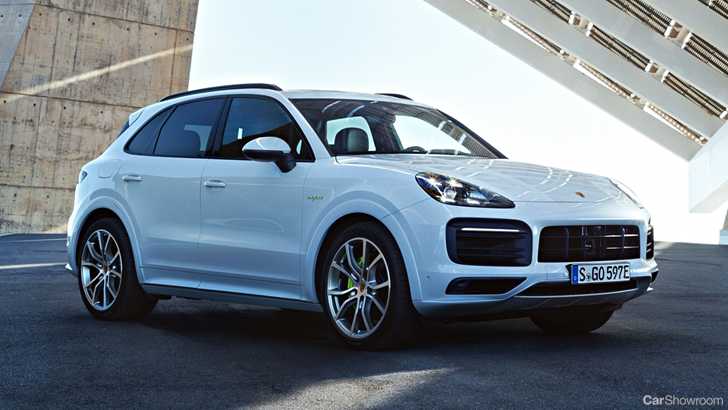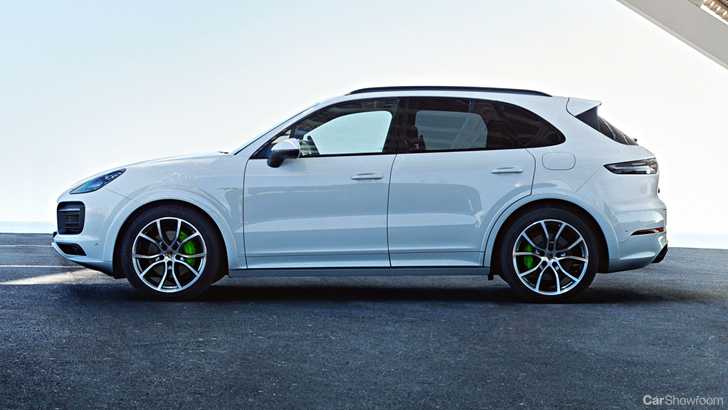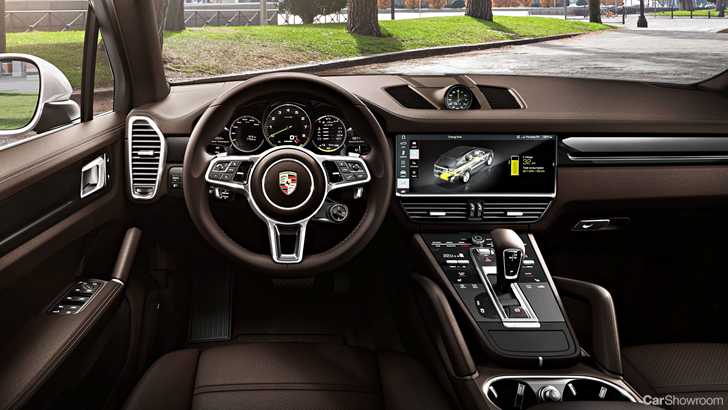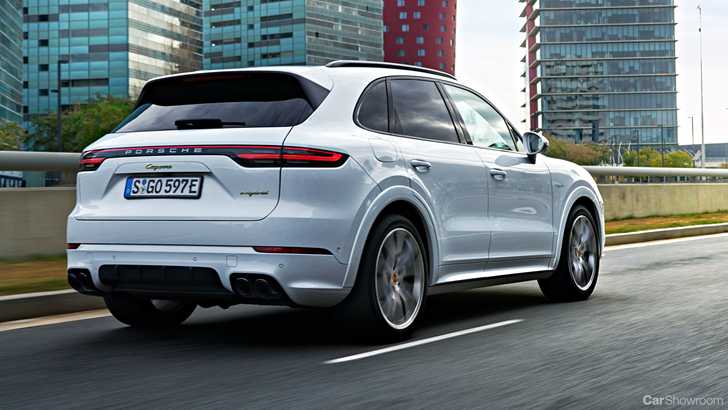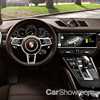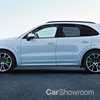It was about as inevitable as things go in the automotive space, that an SUV - usually the brand’s most fuel inefficient offering - gets the hybrid treatment to quell the murmurs of brazen disregard to the world’s degrading air quality and rising temperature.
In Porsche’s case, their third-generation Cayenne has only now made its debut in hybrid guise, a fair number of months since the all-new model first appeared back in August. Expectedly, Zuffenhausen has leaned on its existing electrified model in developing this green-conscious sports SUV.
Additional to their similar size, indeed both the Panamera and the Cayenne now share a common platform as well as a very similar tier grades and powertrains - it’s only natural that the electrified variants remain equally related under the skin.
It’s not all deja vu, however, as the all-new Cayenne E-Hybrid uses a 3.0-litre V6 turbocharged petrol engine instead of the newer 2.9-litre as its main means of propulsion, but mated to an 8-speed Tiptronic S automatic transmission. Alone, this generates 250kW and 450Nm, but paired to the electric motor and its liquid-cooled 14.1kWh battery array (3.3kWh higher than the older model), maximum system output rises to 340kW and 700Nm.
This not only gives the Cayenne E-Hybrid some properly ballistic accelerative attributes - 5.0 seconds to 100km/h, 250km/h flat out - but also some real world economy benefits. Porsche claims it’ll be likely to sip as little as 3.2-litres/100km under normal conditions, and is able to drive for 44km under fully electric power alone with a zero emissions top speed of 135km/h.
Porsche is also making a bit of a statement with the new hybridised all-wheel drive Cayenne, evidenced by those huge (but optional) 22-inch wheels. They say that the SUV powertrain takes its EV boost strategy from the 918 Spyder hypercar, ensuring that the electric motor is almost always primed no matter the vehicle speed or which Drive Mode is selected.
Via a 240V/10A plug, the Cayenne E-Hybrid can be fully charged up in just under 8 hours, but a higher 32-amp connection is used with the optional 7.2kW on-board charger, that reduces the charge time to only 2.3 hours. Owners are also able to keep track of the battery capacity via the Porsche Communication Management suite and remotely through the Porsche Connect app.
Following the high tech drive system, the new Cayenne E-Hybrid also brings some new generation tech to the fore. For the first time, Porsche is including a full colour head-up display system that works in tandem with PCM, and a more advanced Adaptive Cruise Control has been added.
All this tech isn't cheap, though, and while it might not ultimately be as quick in some areas as the Cayenne Turbo, this E-Hybrid is now the technical range-topper just on price, and the increasing popularity of electrified passenger models more or less proves that the market is willing to part with that sum.
Presumably, as it did with the new Panamera range, Porsche will be introducing an Cayenne Turbo S E-Hybrid, one will that will have substantially more power - both combustion and electrical - and performance and wear the ‘top-spec’ crown.
For more on Porsche vehicles, check out our Showroom.
